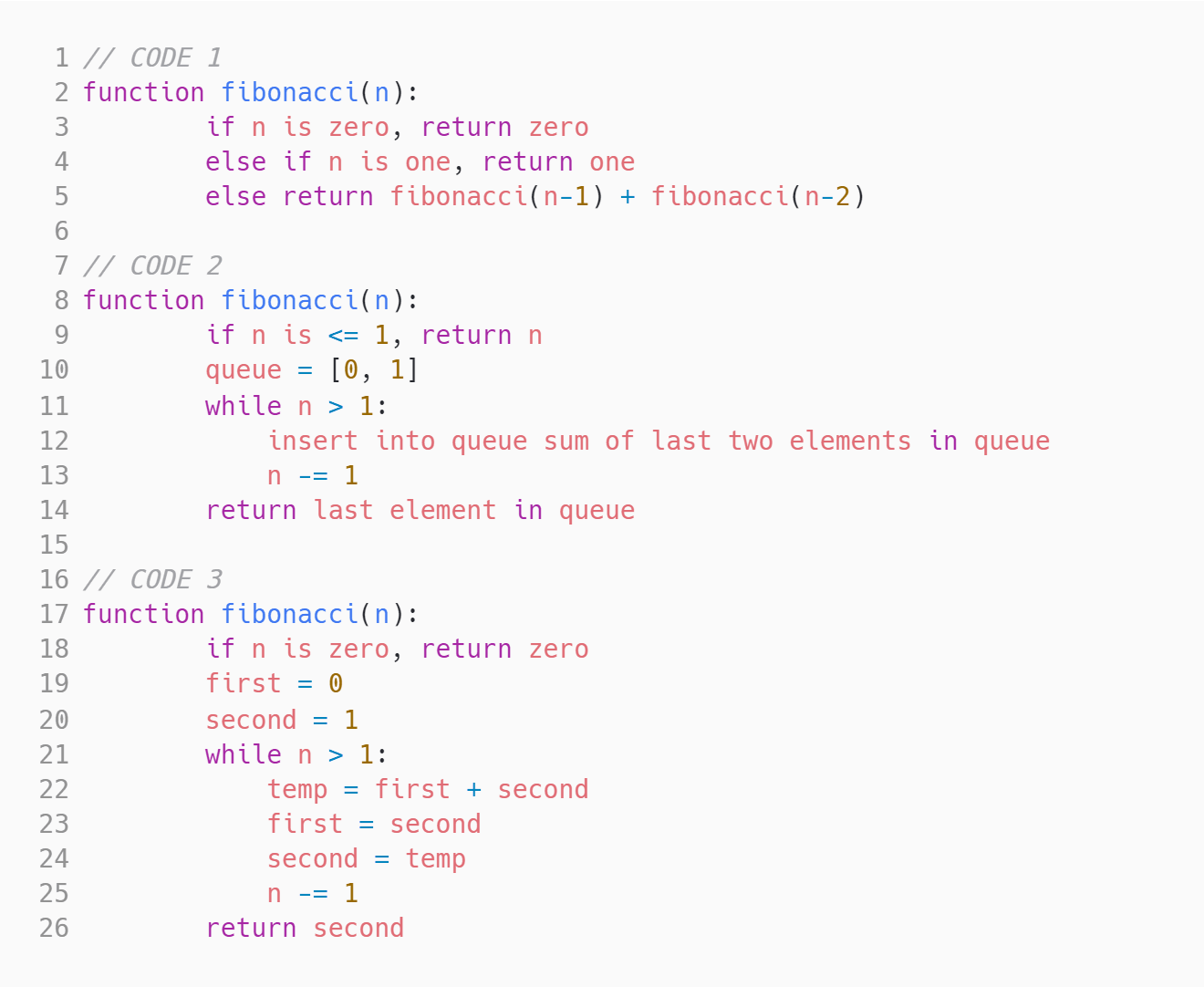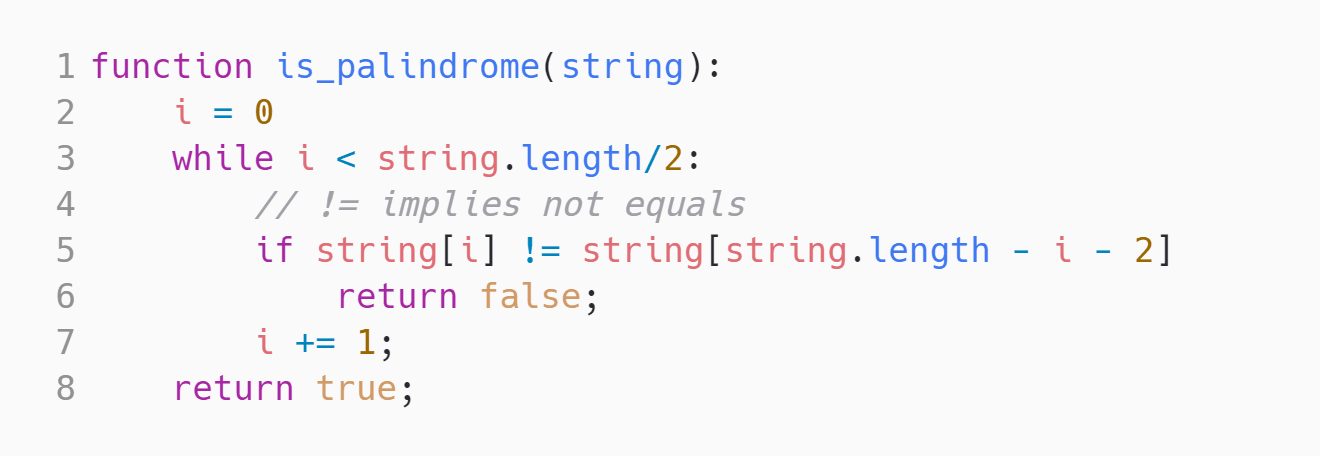Cloud Architecture: Cloud Architecture involves designing and managing scalable, flexible, and resilient IT infrastructure on cloud platforms. It's pivotal for leveraging cloud resources effectively and optimizing costs. For modern applications, understanding cloud architecture ensures efficient deployment and operations.
System Design Principles: System Design Principles encompass the methodologies and guidelines for creating robust and efficient systems. Mastery of these principles is essential for building scalable and maintainable architectures. They help in making informed decisions about system components and interactions.
Microservices Architecture: Microservices Architecture is an approach where applications are composed of small, independent services that communicate over APIs. It enhances agility and scalability, making it crucial for complex, large-scale applications. This skill is fundamental for evolving modern software architectures.
API Design and Management: API Design and Management involves creating and overseeing interfaces for interaction between different software systems. Proper design ensures clarity, security, and performance. Managing APIs effectively is key to maintaining the integrity and functionality of interconnected services.
Scalability and Performance Optimization: Scalability and Performance Optimization focus on ensuring systems can handle growth and perform efficiently under varying loads. This requires a deep understanding of resource allocation and optimization techniques. It's critical for maintaining user satisfaction and operational efficiency.
Security and Compliance: Security and Compliance involve implementing measures to protect data and systems against threats and ensuring adherence to regulatory standards. This is vital for safeguarding sensitive information and maintaining organizational trust. Stringent security measures are imperative in today's digital landscape.
Infrastructure as Code: Infrastructure as Code (IaC) refers to managing and provisioning computing infrastructure through machine-readable definition files, rather than physical hardware configuration. IaC enhances consistency and repeatability in infrastructure management. It is integral to DevOps practices and automation.
Containerization and Orchestration: Containerization packages applications and their dependencies into isolated units, ensuring consistency across environments. Orchestration tools, like Kubernetes, manage these containers at scale. This skill is necessary for deploying and managing cloud-native applications efficiently.
Database Design and Management: Database Design and Management involves structuring data storage solutions for optimal performance, scalability, and security. Proper database design is crucial for effective data retrieval and manipulation. Managing databases efficiently is vital for maintaining data integrity and availability.
Network Architecture: Network Architecture defines the layout and structure of a network, ensuring efficient and secure data communications. Understanding network architecture is critical for designing systems that are both robust and secure. It plays a crucial role in overall system performance.
Cost Optimization Strategies: Cost Optimization Strategies focus on reducing expenses while maintaining or enhancing performance. This involves analyzing and adjusting resource usage for maximum efficiency. Efficient cost management is key to sustaining operations within budgetary constraints.
Disaster Recovery and Business Continuity: Disaster Recovery and Business Continuity ensure that systems can recover from failures and continue operating with minimal disruption. Implementing these strategies mitigates risk and ensures organizational resilience. This is essential for maintaining service availability and data integrity in adverse conditions.
























































